On 27th September, the symposium "Tianjin's Heritage: Exploring Visions for the Future", co-organised by the Sino-French Research Centre for Cultural Heritage and Cities, the Institute of History and Theory of the School of Architecture of Tianjin University, and the International Research Centre for the Protection of China's Cultural Heritage (IRCPC), was successfully held in the 200th Lecture Theatre of the Departmental Hall of the School of Architecture of Tianjin University.
Before the seminar, Professor Maria Gravari-Barbas, Director of the Interdisciplinary Tourism Research Team at the University of Paris, researcher of the Urban Programme at Johns Hopkins University, and President of the Una Europa Cultural Heritage Committee, discussed with Professor Chunyan Zhang, Associate Professor Lian Hu, Associate Professor Liang Peng and other faculty members and students from the School of Architecture of Tianjin University on the multi-level cooperation in the near and distant future. During the meeting, Prof. Maria attended the regular meeting of the Sino-French Heritage and Urbanism Centre to discuss the Centre's practical projects and operational management. Afterwards, both sides discussed the possible ways to deepen the educational cooperation between Paris I and Tianjin University, which has extended the partnership for ten years, and put together a preliminary framework on curriculum, specialisation, student training, and so on. Finally, Professor Maria made suggestions on the continuing education and training section of the Centre.
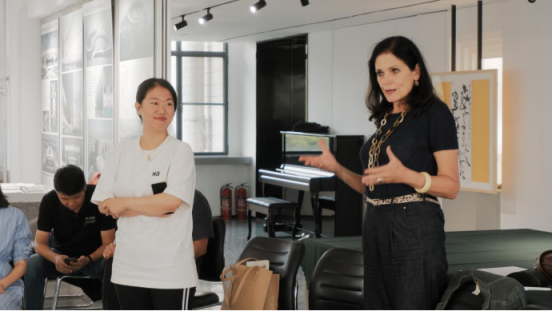
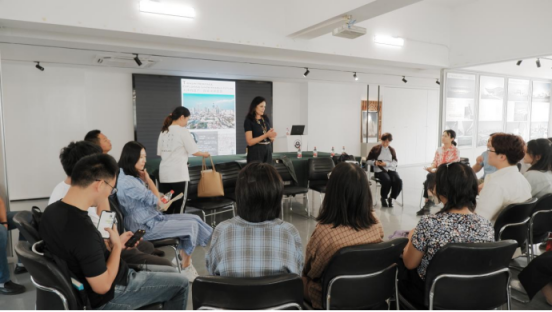
At the beginning of the session, Professor Maria shared her views on cultural heritage, affirming the important role of subjective human emotions as heritage elements in the process of cultural heritage conservation and utilisation. Taking the Louvre as an example, she introduced the different ways of preserving and utilising cultural heritage.
Professor Maria then explored different strategies and approaches to heritage conservation from a cultural and emotional perspective.
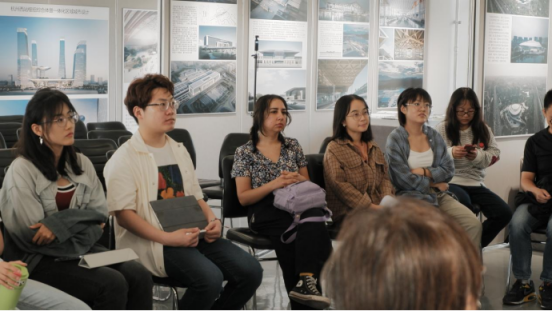
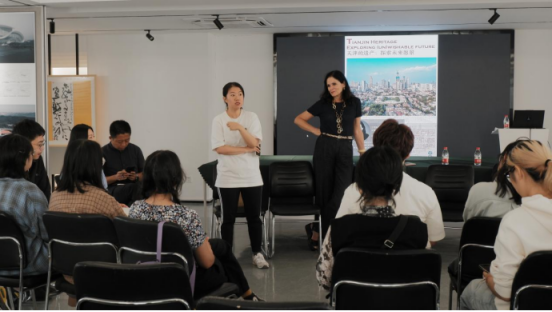
Professor Maria pointed out that the preservation and utilisation of cultural heritage cannot be achieved by reproduction, and how to maintain a balance between the material and non-material dimensions in the process of cultural heritage preservation is what designers need to consider in the process of preservation. Different heritage carries different cultural memories and is the emotional support of different people. Over time, cultural heritage will become an important link between people and urban space, history and future within the city.
With regard to the preservation and utilisation of Tianjin's traditional industrial heritage, Professor Maria introduced a new perspective on the evolution and preservation of Tianjin's heritage, citing examples from memory value, technical value, cultural value, etc., and discussed with participants how to preserve the existing heritage and give new value to the sites with regard to Tianjin's cultural heritage.
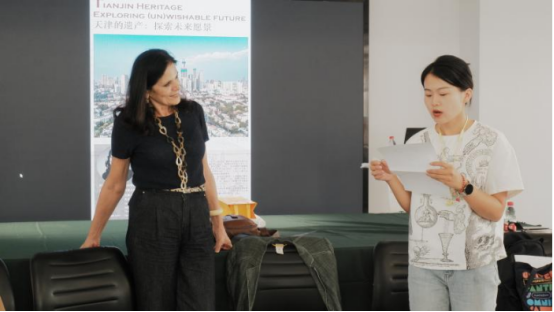
A participant shared the Yaohua High School Auditorium as an example. She believed that the Yaohua High School Auditorium is located in the city centre and has unique historical value, but it has never been opened to the public. As a cultural venue witnessing the development of modern education in Tianjin, if it is open to the public in different time slots and activities, it can better enhance the public's awareness of Tianjin's cultural heritage at the level of cultural activity space.
Professor Maria pointed out that an important aspect in the process of cultural heritage conservation is to maintain the continuity of the cultural site and to ensure the continuation of the function or form of the original site.
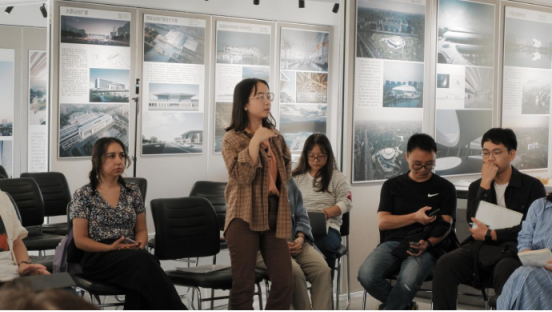
Following this, participants shared their views on the elements of Tianjin's heritage that they considered to be of value for conservation and utilisation as well as the issues that they faced, such as "the response of the different technical structures of the old houses in Zhangyuan to the craftsmanship of the times", "the impact on the city of the changes in the functionality of the Minyuan Plaza before and after the renovation The problem of over-commercialisation of the old Tianjin Concession", "How to reintegrate the river in Haihe Park into the basic functions of the city", "How to maintain the characteristics of Tianjin's heritage while preserving and utilising it", "How to maintain the characteristics of Tianjin's heritage", "How to preserve the characteristics of Tianjin's heritage". How to resist the complete commercialisation and consumerisation of heritage landscapes", Professor Maria elaborated and discussed with the students on each of the arguments.
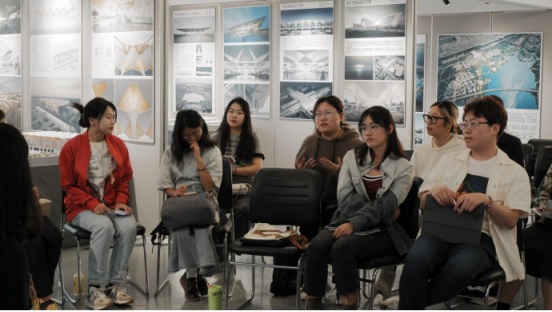
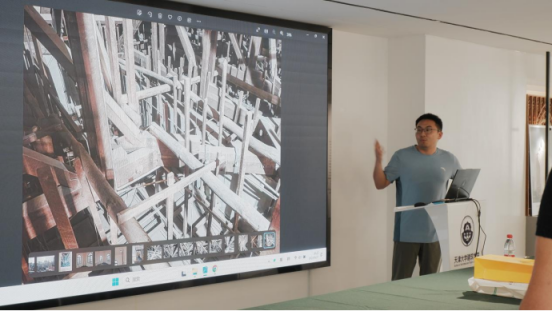
The seminar was in the form of a participatory meeting, where participants shared and discussed different perspectives on the conservation and use of cultural heritage, which provided new ideas for the conservation and use of Tianjin's heritage, and was a new attempt to exchange heritage between China and France.
